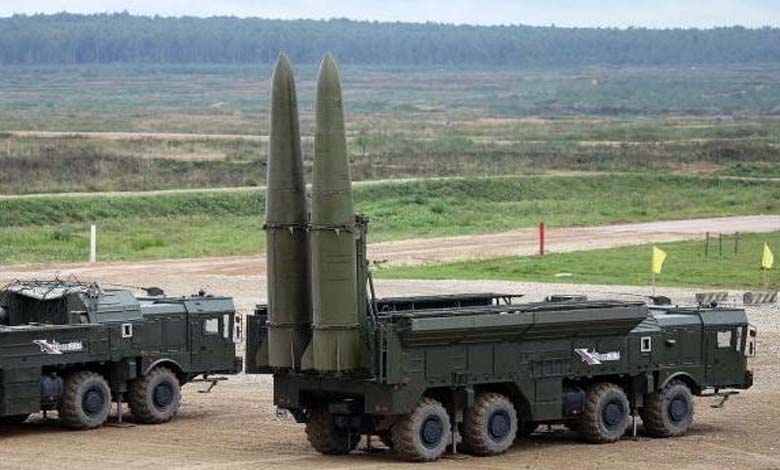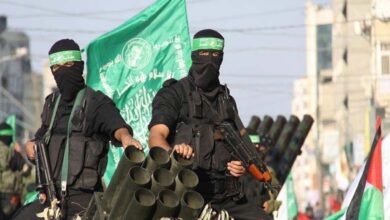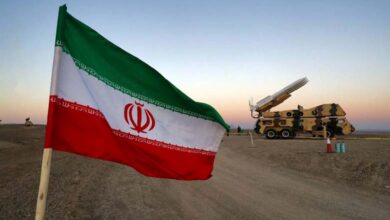Production Gap: Deadly Flaw in U.S. Missile Shield Exposed by Iran War

The 12-day conflict between Iran and Israel in June revealed a critical vulnerability in the U.S. missile defense network.
According to a CNN report published Monday, the United States consumed nearly a quarter of its inventory of advanced THAAD interceptor missiles during the conflict, as confirmed by two sources familiar with the operation. The pace of interception greatly exceeded current production rates.
-
Iran-Israel War: Has the Pentagon’s Confidence in THAAD Been Shaken?
-
Iranian Hackers Threaten to Reveal Secrets from Trump Aides’ Stolen Emails
U.S. forces responded to waves of Iranian ballistic missiles by firing over 100 THAAD interceptors—possibly up to 150—representing a significant portion of America’s advanced air defense stockpile, according to the sources.
The U.S. owns seven THAAD systems, two of which were deployed in Israel during the hostilities.
The deployment of such a large number of expensive interceptors over a short period exposed a major gap in America’s missile defense capacity, at a time when public support for Israeli defense is at historically low levels.
-
Iran explicitly warns the U.S. of the consequences of supporting an Israeli attack on it
-
Israel’s Ammunition Stock is Insufficient for a Prolonged War
Former U.S. defense officials and missile experts told CNN that the rapid drawdown has raised concerns about America’s global security posture and its ability to replenish supplies quickly.
Last year, the U.S. produced only 11 new THAAD missiles, and current fiscal projections from the Department of Defense anticipate the delivery of just 12 more in this fiscal year.
-
Israel Faces an “Imminent Shortage” of Interceptor Missiles
-
Are the UAE Playing a Mediation Role Between Iran and the United States?
Denial
Asked about the U.S. THAAD stockpile and expenditure during the 12-day conflict, Pentagon Press Secretary Kingsley Wilson stated that the U.S. military “is stronger than ever and fully equipped to carry out any mission, anywhere, at any time.”
He added: “If you need more proof, just look at Operation Midnight Hammer (the U.S. strike campaign on Iran’s nuclear sites) and the complete destruction of Iranian nuclear capabilities.”
-
New sanctions imposed by the United States, Britain, and Canada on Iranian officials… Details
-
New Talks – United States and Iran Revive Nuclear Agreement Negotiations Once Again
However, CNN reported that an early intelligence assessment concluded the strikes had not destroyed Iran’s key nuclear components, merely delaying the program by a few months.
The U.S. administration rejected that assessment. The CIA later stated that it had “severely damaged” the program.
A defense official declined to disclose exact THAAD stock numbers for operational security reasons but emphasized that the Department of Defense “remains prepared to respond to any threat.”
-
Israel threatens to resume war against Iran
-
The United States will sanction more than two dozen people and entities about Iran’s nuclear
THAAD System Significance
THAAD is a mobile system designed to intercept and destroy short-, medium-, and intermediate-range ballistic missiles during their terminal flight phase, both inside and outside the Earth’s atmosphere.
Each THAAD battery is operated by 95 U.S. soldiers and consists of six launchers with 48 interceptor missiles.
Manufactured by Lockheed Martin, each interceptor costs approximately $12.7 million, according to the 2025 Missile Defense Agency budget.
-
Iran Drives Istanbul Nuclear Talks into a Deadlock
-
A Potential Breakthrough… Iranian-European Agreement to Resume Nuclear Negotiations
The U.S. plans to procure 37 THAAD missiles next year, as part of the 2026 defense budget, partly funded through what former President Donald Trump once called “the big, beautiful bill.”
A defense official said the 2026 budget “prioritizes funding for the defense industrial base, a key strategic asset providing technology, equipment, and munitions to our forces.”
The budget includes $1.3 billion in supply chain upgrades and $2.5 billion for expanded missile and ammunition production.
-
Iran Has Not Set a Date or Location for Potential Nuclear Talks with Washington
-
Talks with the US on the nuclear file?… Iran responds
Stock Depletion
A missile defense expert monitoring U.S. spending stated: “It’s important to recognize the scale of commitment and spending involved here. Defending Israel was a massive undertaking.”
He added: “The reports about THAAD usage are alarming. This isn’t the kind of capability the U.S. can afford to use again and again. It was a significant show of support for our Israeli ally, but missile defense interceptor capacity is definitely a concern.”
-
Iran Holds Official Funerals for Military Commanders and Scientists Killed in Israeli Strikes
-
Trump Denies Seeking to Fund Iran’s Civil Nuclear Project
A retired senior U.S. Army officer, speaking anonymously, said around 25% of the entire THAAD stockpile had been used during the U.S. deployment in Israel.
He explained that the Department of Defense is “reviewing wartime critical munitions stockpiles and trying to massively scale up annual production—a long-overdue effort.”
Concerns over interceptor shortages predated this 12-day war, according to four former senior defense officials. They warn the issue is even more serious regarding advanced interceptors crucial to deterrence strategies against China.












